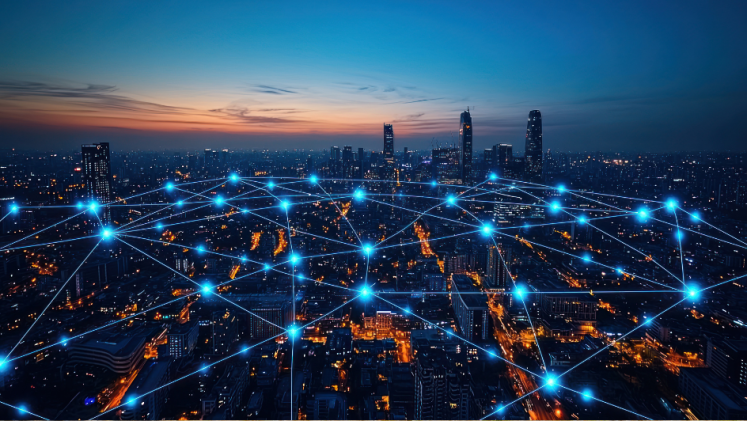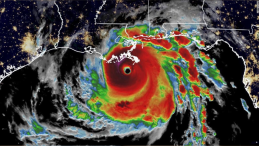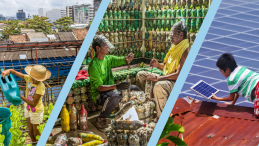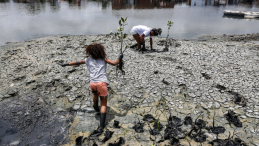Digital technologies such as interconnected devices that gather and share data (the Internet of Things) and mobile tools have become a regular part of our lives. They also have great potential to help us adapt to climate change and reduce the risks of natural hazards. The last IPCC report identified knowledge and technology as a key lever towards more climate-resilient futures. Likewise, the 2024 Global Digital Compact – a framework for global governance of digital technology and artificial intelligence (AI) – elaborates on the immense potential of digital technology and AI.
A new open-source UNU-EHS online catalogue developed in cooperation with KfW describes key digital tools, how they can support climate resilience, what is needed for them to work effectively and how to optimize their benefits for positive change. Here are 5 highlights:
Digital solutions can support all stages of climate adaptation and risk reduction
Digital tools can support all stages of climate adaptation and risk management, from preparation to evaluation. During preparation, data from mobile sensors or earth observation can enhance risk assessments and inform project design, while digital collaboration can improve citizen participation. Throughout implementation, real-time monitoring enables adaptive management and efficient resource allocation. For monitoring and evaluation, digital tools can track progress, ensure accountability, facilitate timely adjustments and compare outcomes with alternative scenarios. Their effectiveness depends on using the right tool for the right purpose and context.
Digital solutions are not only about hardware
Building resilience with digital solutions concerns more than just physical devices and cables; it is about the data used, who works with it and how the tools inform decision-making. Technology alone is not enough. For example, an AI model predicting water demand needs to be trained with diverse and representative data sets, including climate projections and infrastructure details. Inputs from citizens can help fill data gaps, validate assumptions and improve accuracy. Results must be clearly communicated and tailored to the target audience. Decision makers need to be able to interpret data and translate it into policymaking and planning.
Digital solutions require effective governance and coordination
Successful implementation of digital tools for climate adaptation and risk management requires robust governance frameworks. While they can serve various sectors, their use and data management must be coordinated and align with legal and ethical standards. For example, Rio de Janeiro's Centre of Operations (COR), integrates digital technologies for weather forecasting, traffic monitoring and civil protection, among others. However, simply bringing data together is not enough. Effective coordination ensures it is shared and used properly. Governance frameworks must remain dynamic to meet adapting and evolving challenges and technologies.
Digital solutions can support decision-making but do not replace decision makers
Digital tools can enhance efficiency and provide insights into complex dynamics and developments, but they are not universal solutions. For example, a city’s digital twin might make wrongful recommendations if it lacks sufficient data or if built on biased assumptions. Data gaps often exist in the context of informal housing. This might distort findings, and the digital divide may exclude portions of the population that are not accounted for by digital tools. Additionally, raw data often captures merely a snapshot of events and rarely provides a fully objective perspective. Misinterpreted or misleading data may reinforce existing inequalities under the guise of objectivity. Therefore, information must be carefully contextualized, and decisions should be based on thorough deliberation to ensure the best outcomes.
Digital solutions can unlock opportunities for systemic change.
Digital tools can drive fundamental and systemic societal changes, but their impact must be carefully managed. while they offer new ways to collect and use data, concerns such as high energy consumption and privacy must be addressed. On the other hand, decentralized data collection at the local level can also be used to empower communities. It enables crowdsourcing, collaboration to connect ideas and experimentation with new solutions to local problems. Whether through generative AI for urban planning, heat sensors to measure impacts of nature-based solutions in local communities or online learning materials, digital tools can drive innovation and support local efforts for community empowerment.





